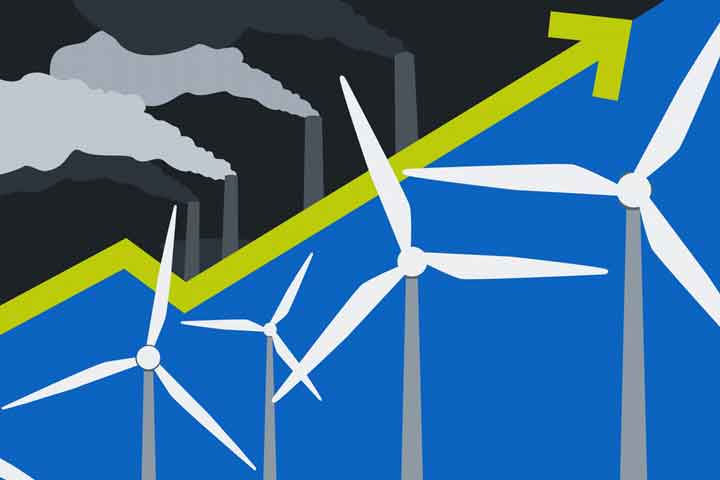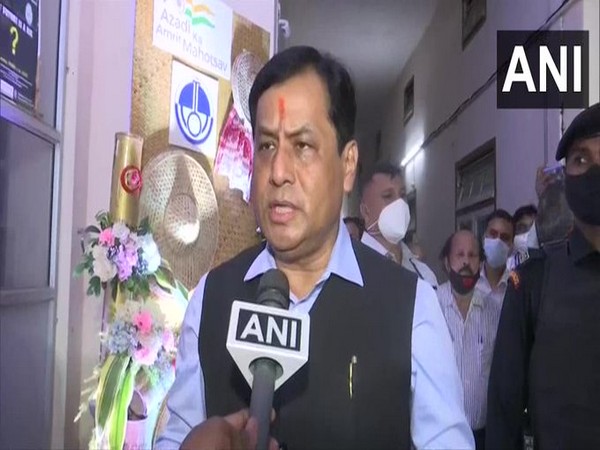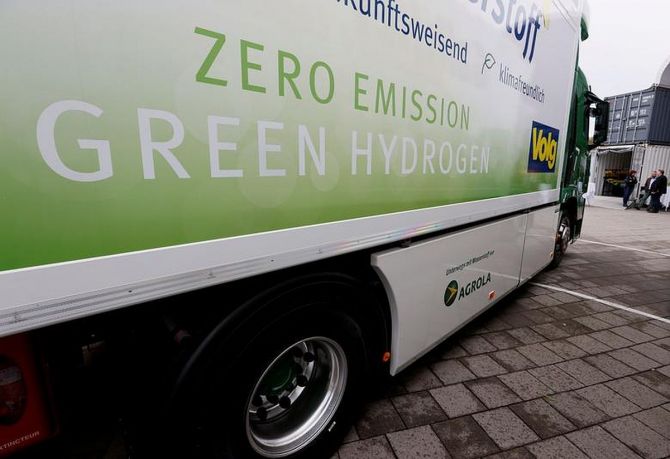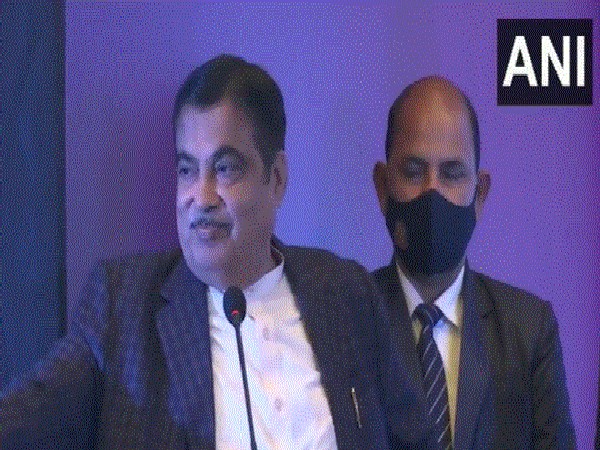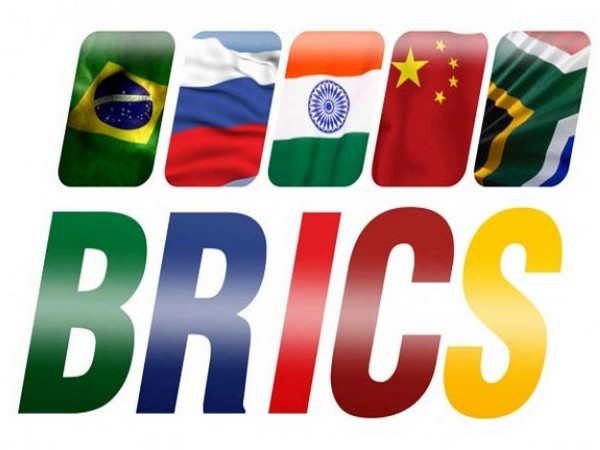Progress toward the European Green Deal
Under pressure to reach net-zero greenhouse gas emissions by 2050, the European Union is pushing policies to clean up its economy.
In an effort to slow the planet's heating, the European Union made a promise in 2019 to become the world's first climate-neutral continent by 2050.
Despite the COVID pandemic and the war in Ukraine, and the energy crisis associated with it, EU lawmakers are still pushing for policies to cut pollution.
They have written some targets from the European Green Deal into law and are haggling over others. They have added green strings to coronavirus relief packages and ripped up rules blocking clean energy projects.
"COVID didn't kill the Green Deal," said Pieter de Pous, a Berlin-based analyst at climate think tank E3G. "In fact, it made it stronger."
If the European Union manages to clean up its economy, it could serve as a blueprint to polluters from the United States to China — and show countries across Africa and Asia that one of the world's richest emitters is serious about climate change.
But how close is the European Union to reaching its targets? And how much further does it have to go?
Together with media partners in the European Data Journalism Network, DW is tracking the bloc's progress in five key sectors. This article will be updated regularly as new data becomes available.
Emissions: Cutting greenhouse gas pollution
The European Union has cut annual greenhouse gas pollution by about 30% since 1990, mainly by burning less coal. It now wants to cut greenhouse gas pollution 57% from those levels by the end of the decade.
"The honest truth is that the world is not on track to keep the temperature rise to 1.5 degrees Celsius," said European Commission Vice-President Frans Timmermans, architect of the Green Deal in November 2022. "We need more ambition."
But the EU's latest target falls short of cuts needed to honor the promise of keeping global warming to 1.5 C (2.7°F) by the end of the century.
Climate Action Tracker, a project from two environmental research organizations, found that emissions would have to fall at least a further five percentage points, by a total of over 62%.
Current policies from member states look set to bring down emissions by just 36%-47%.
Power: More renewable energy
The European Union gets 22% of its energy from renewable sources. Last year, it put forward a plan to hit 40% by the end of the decade. Then, after Russia invaded Ukraine in February 2022, the European Commission said it wanted to increase that again, to 45%. The target implies a quick and strong push to electrify polluting activities and clean up the continent's electricity grid.
The proposal has passed two rounds of legal bureaucracy but must still be agreed on by member states, which are lobbying to keep the target at 40%.
The European Union has scrambled for sources of energy to replace gas since Russian President Vladimir Putin invaded Ukraine and shut pipelines. Countries such as Germany, the European Union's biggest economy, have restarted coal-fired power plants, signed decadelong deals with gas producers in Africa and the Middle East, and built terminals to receive shipments of liquefied natural gas from abroad. At the same time, Germany and other EU member states have promised to build more renewable sources of energy and make it easier for companies to do so.
Though analysts expect a spike in pollution from burning more coal, they are more worried about the plans to build new fossil gas infrastructure, which could lock in pollution over decades. That could jeopardize the goal of using 45% green power by 2030.
Power: Electricity from solar panels, wind turbines
The industry expects the European Union to build the infrastructure for 220 GW of solar power and 92 GW of wind power in the next four years, aided by the falling price of renewable energy. This is more than the amount expected in some scenarios that keep global warming to 1.5 C, according to the London-based climate think tank Ember, which modeled pathways to reach the target.
"To get out of this crisis, we need a massive influx of homegrown, reliable renewable energy," said Harriet Fox, a solar analyst at Ember. "If the EU is serious about deploying renewable energy, there's no reason why those industry targets can't be achieved."
The outlook from the wind industry is less optimistic than solar because of the long time it takes to get permits approved and wind farms built. In November, EU member states agreed to shorten the timeframes for granting permits. This means they can skip some of the paperwork to assess a project's environmental impact, speeding up the time between planning and building.
Buildings: Heating homes without burning gas
The European Union also intends to renovate more buildings and run them on 49% renewable energy by 2030. In a proposal, the European Commission has argued for putting solar panels on new public and commercial buildings from 2027 and on existing ones from 2028. It wants to do the same for new residential buildings from 2030.
As well as building infrastructure to make clean energy, the European Union would have to electrify activities that run on fossil fuels such as burning gas to heat homes. One of the most effective ways to do so is swapping gas boilers for electric heat pumps.
Modeling from the European Commission shows that the amount of heat generated by pumps running on renewable electricity would have to roughly triple by the end of the decade. A preliminary analysis from the Regulatory Assistance Project, a global nonprofit working to decarbonize buildings, found that the pace of installations would need to almost double. While high gas prices have sent demand for heat pumps soaring, a lack of trained installers has held back the shift.
Transport: Driving cars without burning petrol
The European Commission intends to cut the average CO2 emissions from new cars by 55% by 2030, before hitting zero by 2035. That would be one of the easiest fixes to clean up transport, the only sector where pollution has steadily risen. Greenhouse gas emissions were 15% higher in 2021 than in 1990.
Some member states, including Germany and Italy, have pushed back on the target.
Experts say the target is achievable, if unambitious. Electric vehicle sales are picking up. The share of electrics among new cars sold in the European Union jumped from 11% in 2020 to 18% in 2021.
If more car journeys were shifted to trains, buses and walking, emissions from transport could fall even faster.
Agriculture: Cleaning up farms
The European Union has made little progress in cleaning up farms, which are responsible for about 10% of EU greenhouse gas emissions. These come in lots of shapes and from different sources — methane from cow burps, nitrous oxide from fertilizer and both from manure.
Two-thirds of the European Union's agriculture emissions come from animals. The EU plans to bring in sustainable feed additives, which can cut methane from cows, and reduce the amount of soy grown on deforested land to feed livestock. According to the European Union, the shift cannot happen without a change in people's diets.
17 Mar 2023,15:16


















 Live Tv
Live Tv



